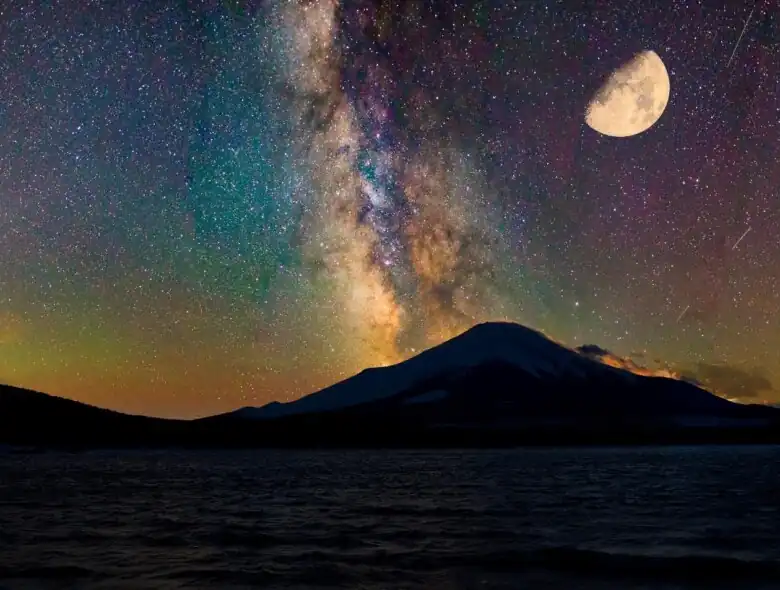The history of astronomical observations in Japan is scattered and vague but records show that the first continuous, methodical celestial observations began during the late Edo Era in 1782 at Asakusa Observatory. Such observations were established under the direction of the Shogun with the purpose of observing the stars in order to determine longitude and latitude, calculate the calendar, and determine the time.
During the Meiji Era, an observatory was built in the Hongo Campus of the University of Tokyo for student observations, and this kickstarted a series of astronomical and celestial national projects during the Meiji project that still continue to this day.
When it comes to stargazing in particular, Japan boasts a varied array of stunning locations where stargazers can gaze up at the starry skies to their hearts’ content. The IDSP (International Dark Sky Places), an award-winning program run by the International Dark Sky Association (IDA) to preserve and protect dark sites worldwide has, as of 2022, appointed three places in Japan as designated IDSP places: Bisei Town in Ibara City, Kozushima Island in Tokyo, and Iriomote-Ishigaki National Park in Okinawa. From isolated island beaches to public observatories to glacial cirques and mountainous forests, Japan has no shortage of places to observe and bask in the wonder of the stars.
In this article, we’ll be exploring 5 breathtaking spots for stargazing in Japan that might just inspire your next trip or holiday out of town. It may also inspire a need to move to somewhere where nature presides over a good chunk of the surroundings so if that sounds like your cup of tea, then Village House, a housing agency organization can help with that. With over 1,000 properties all over Japan’s 47 prefectures, Village House can help you find your perfect home.
Ibara Hoshizora Park
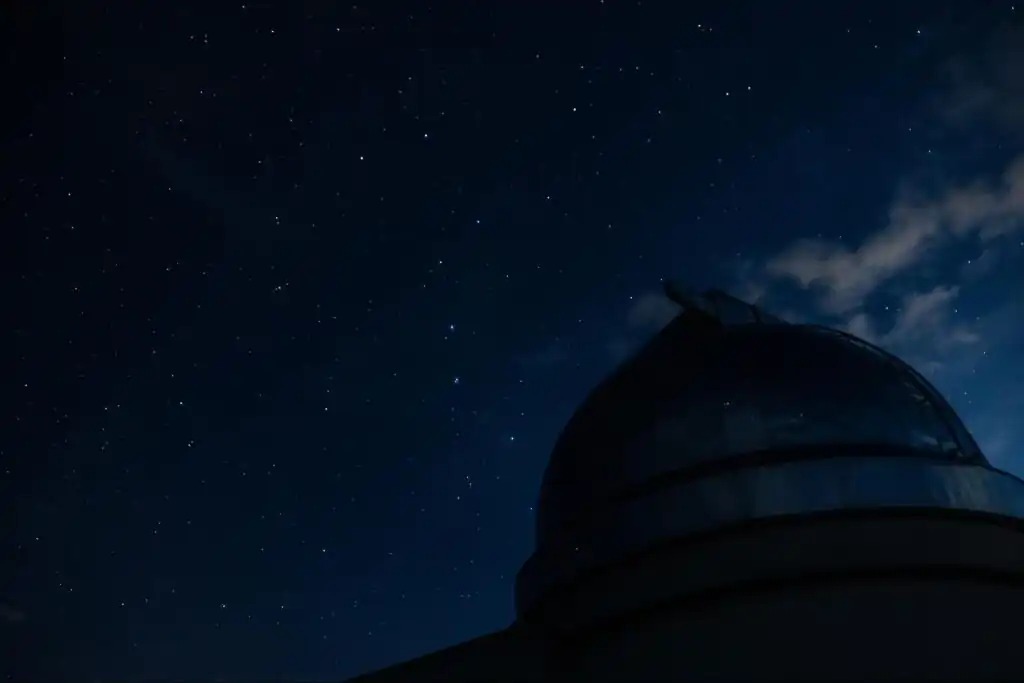
Ibara Hoshizora Park in Okayama has been chosen and certified as one of the three best star observation spots by astronomers and Japan’s Star Summit executive. Perched on a highland of 500 meters above sea level, the area’s clear air and low light pollution make it a great stargazing spot at night, and during the day in fine weather, visitors can also see the islands dotting the Seto Inland Sea along with Mt. Daisen, the highest peak in the Chugoku region.
Ibara Hoshizora Park boasts an astronomical observation facility that once was the Maritime Safety Agency’s Bisei Hydrographic Observatory. There is also a wishing letterbox and a wishing path lined with luminous stones, which at night, gives the area a magical sort of fairy light glow.
Mild Seven Hill / Mild Seven No Oka Hill
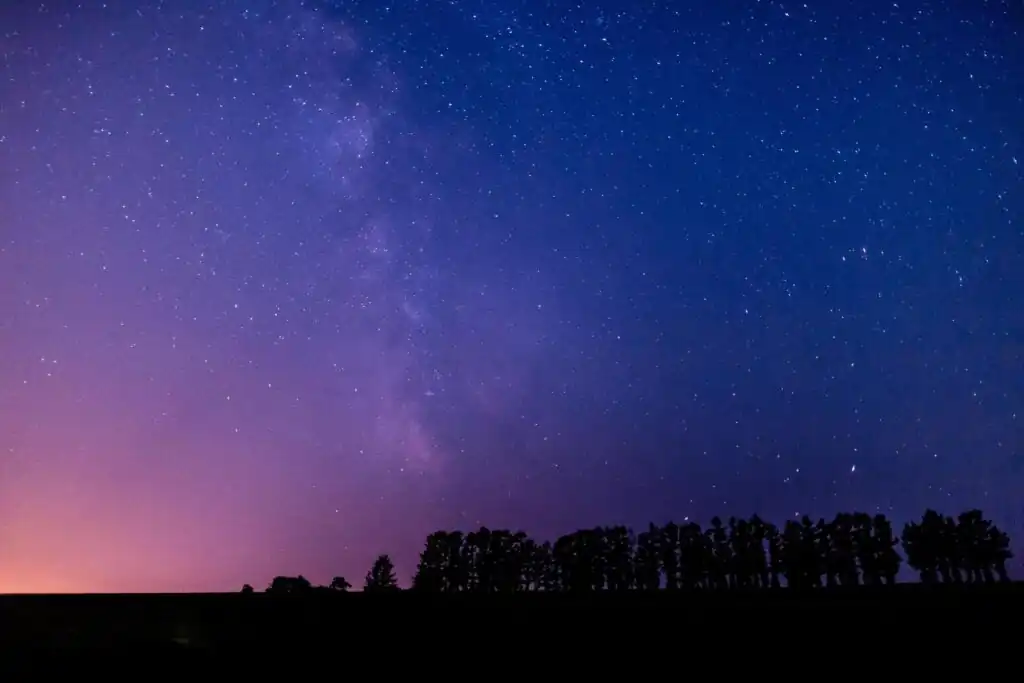
Located in Biei-Town, Hokkaido, Mild Seven Hill is a popular stargazing and sightseeing spot due to its location being used in commercials for the Japanese tobacco brand, Mild Seven, named after the hill on which the commercial was shot. Consequently, the Biei region became a prime location for commercials and TV shows in Japan.
Apart from that, Mild Seven Hill is also blessed with the backdrop of starry skies that contrast with the vast wheat fields surrounding the area. Depending on the time of year, visitors can be treated to different seasonal scenic views both during the day and night.
Koiwai Farm
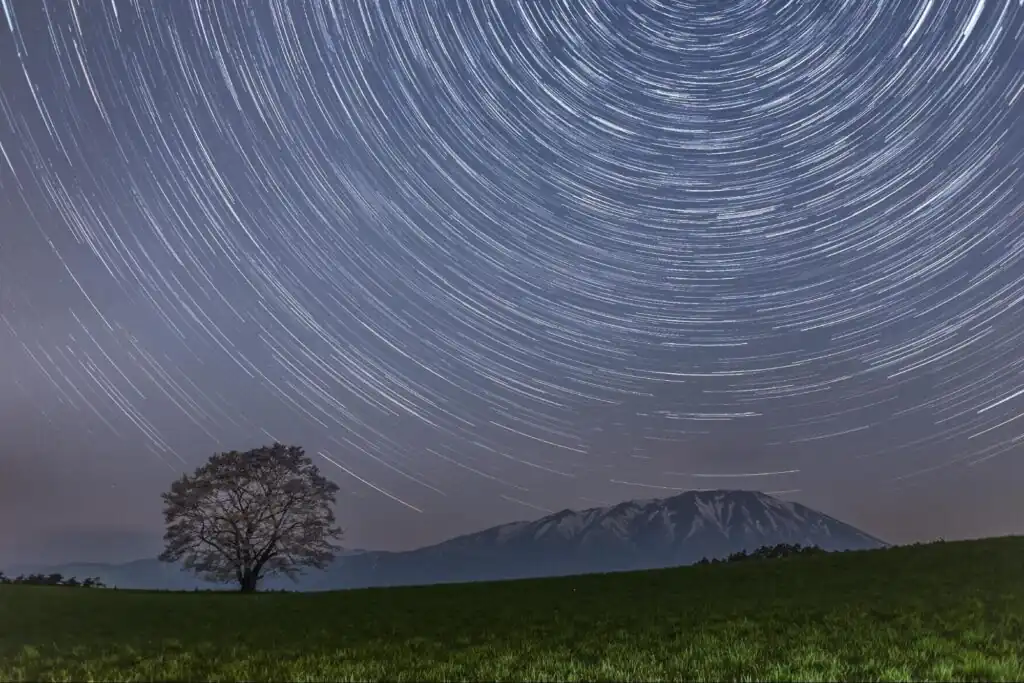
Koiwai Farm is hailed as one of Japan’s oldest and most famous dairy farms. Built on once barren volcanic land, the farm is located in Morioka, Iwate Prefecture, and was founded in 1891 during the Meiji Period by Ono Gishin, Iwasaki Yonosuke, and Inoue Masaru, all of whom were industrialists.
An interesting fact about the name of the farm is that the brand name, Koiwai, is a combination of the first Kanji characters of each man’s family name, showcasing their unity and partnership.
Koiwai Farm spans around 3000 hectares with two-thirds of it blanketed by cedar trees. Only the remaining third is used as farmland and includes pastures, farm buildings, and facilities for tourists.
The main area designated for tourists is Makiba Park, which has an entrance fee of 800 yen at the time of writing and is open from mid-April to mid-October. The park offers restaurants, souvenir shops, a mini obstacle course, archery, mini golf, horse riding, and tours for stargazing. In winter, the farm is lit up by illuminations, which tend to be on display from mid-November to early January. There are also snow-related activities available for visitors.
To get to Koiwai Farm is around 20 to 30 minutes from Central Morioka and there are also buses that connect Morioka Station with the farm from mid-April to mid-November. At the time of writing, tickets cost 730 yen, and the journey is around half an hour. There are, however, only 2 to 3 buses a day so make sure to check the bus schedule. Alternatively, you can take a taxi from Koiwai Station, which only takes 10 minutes but costs around 2,000 yen one way.
Karasawa Cirque
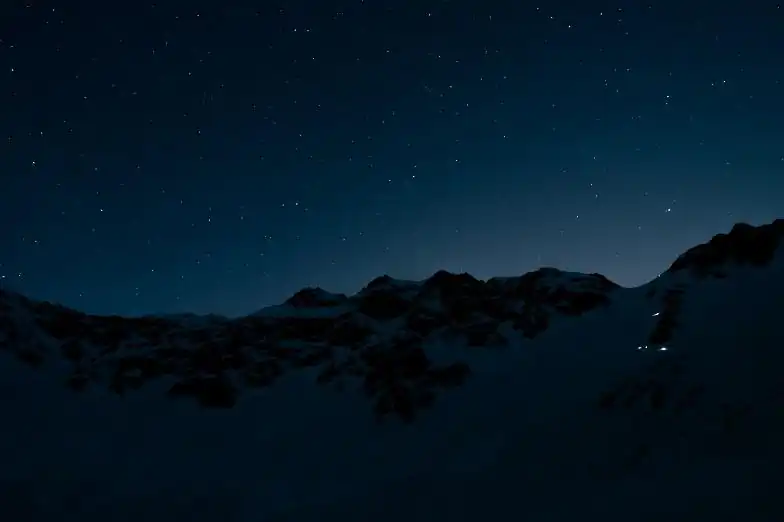
Located deep in the Hotaka peaks in the southern part of the Northern Japanese Alps, Karasawa Cirque is considered one of Japan’s great glacial cirques. The area is known to be one of the most popular hikes in Kamikochi, Nagano Prefecture, and is famous among hikers especially in autumn due to the changing of the colors of the leaves. The best time of the year to see this phenomenon is somewhere between the end of September to the start of October.
The area is also popular with stargazers thanks to the location’s near-zero light pollution which is a result of its location deep in the mountains and away from nearby towns and cities.
Karasawa Cirque sits approximately 2000 meters above sea level, which makes the sky look closer and brighter, thus providing optimal settings for stargazing and contemplating the heavens.
There are direct buses to Karasawa Cirque from the cities of Kyoto, Osaka, and Tokyo, and bus tickets, at the time of writing, start between 10,000 yen to 13,000 yen.
Odaigahara
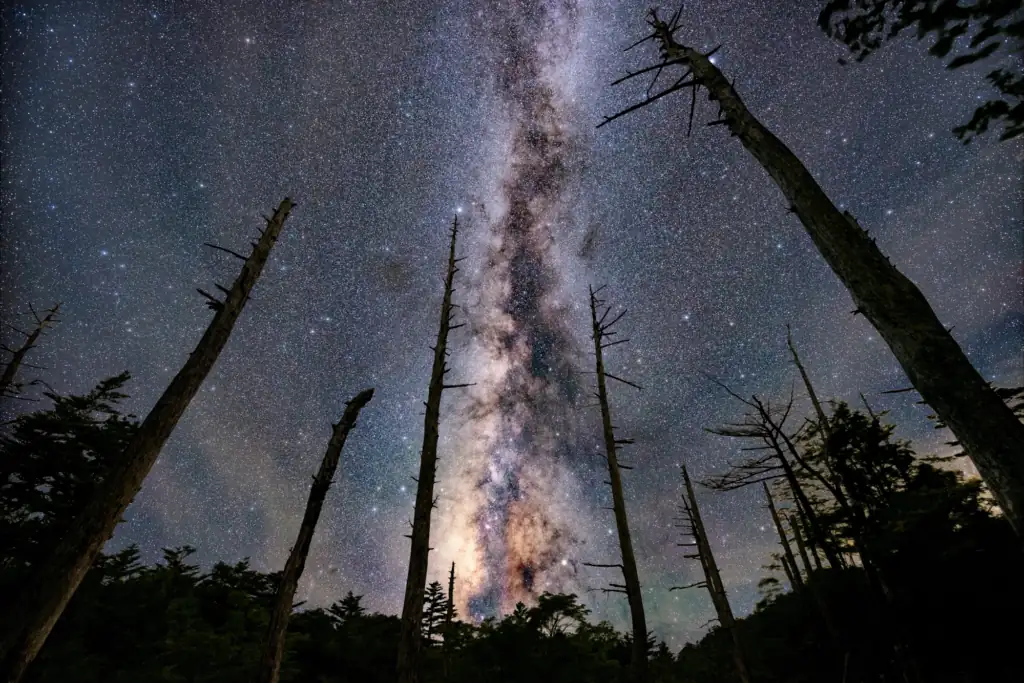
Odaigahara is a mountain located on the border of Mie and Nara prefectures that boasts gorgeous views over the Omine Mountain Range. The mountain is one of the 100 mountains in Japan chosen for its beautiful views as well as spiritual and historical importance, making it a popular choice for inexperienced and beginner hikers looking to break a sweat 1,000 meters above sea level, as well as stargazers.
The mountain and its hiking trails are easily accessible by car as the main parking lot is only a mere 45 minutes from the peak. Those looking to go by bus can take one from Yamato-Yagi Station in Nara though the service only runs from April to November.
Near the parking lot is a visitor’s center where visitors can pick up trail maps and educate themselves about the flora and fauna of the area via interactive exhibits. There are also facilities such as shops, restaurants, public toilets, and accommodations.
Related articles:
- Best Waterfalls in Japan
- Top Five Winter Illuminations in Japan
- Kanto Hiking Trails – 5 Stunning Spots for Spectacular Fall Foliage
- Top 5 Recommended Travel Destinations in Japan in June
- 5 Most Beautiful Natural Rivers in Japan
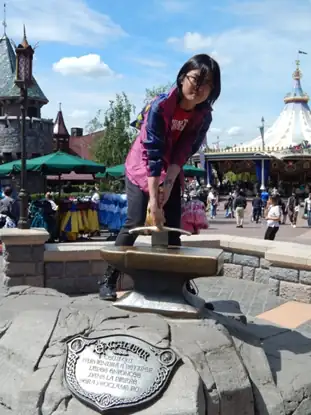
Freelance writer with over 2 years of experience writing for the Village House Blog, ESL teacher, and digital nomad who has lived in countries including The Czech Republic, The UK, The U.A.E., Japan, and most recently, Georgia. Is constantly on the hunt for the best, most optimal apartment for remote work when not enjoying going to film festivals, concerts, and the theater.


